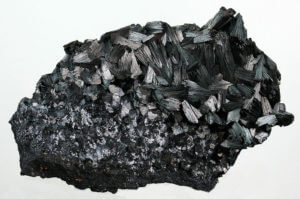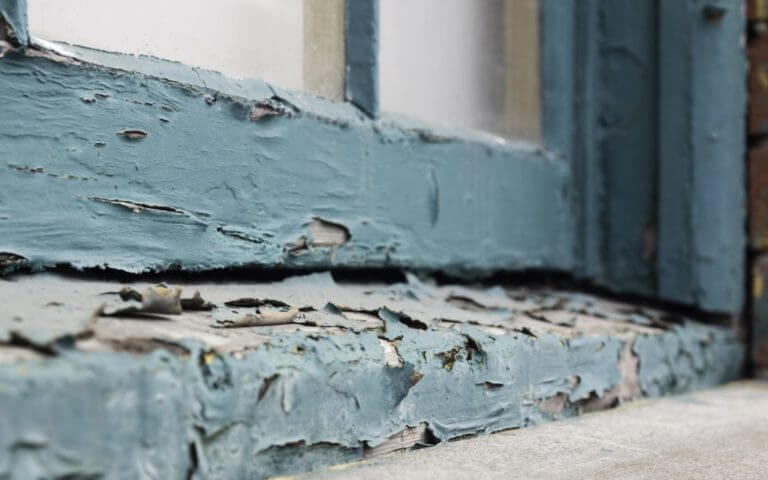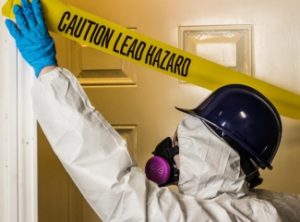 Lead is a toxic metal that can be found in the earth’s crust. Lead is found in the environment around us: air, soil, water, as well as, inside our own homes. Lead was a common component of interior and exterior house paint, and until 1978 was not federally regulated. It was found that lead being breathed-in, swallowed or absorbed can create health hazards. Unfortunately, once in the body, lead is stored and creates continuous internal exposure leading to serious health hazards.
Lead is a toxic metal that can be found in the earth’s crust. Lead is found in the environment around us: air, soil, water, as well as, inside our own homes. Lead was a common component of interior and exterior house paint, and until 1978 was not federally regulated. It was found that lead being breathed-in, swallowed or absorbed can create health hazards. Unfortunately, once in the body, lead is stored and creates continuous internal exposure leading to serious health hazards.
Lead in paint doesn’t serve a problem if the paint hasn’t been broken. However, once the paint starts to deteriorate and break down causing dust or flaking, it does start to pose a serios health problem. The dust and flakes containing lead begin to filter down, landing on windowsills, children’s toys, end tables and even the soil outside. This poses the largest threat to young children, particularly young children who still ingest dirt, place toys in the mouth or gnaw on furniture.

In 1970, the Clean Air Act was enacted and the Environmental Protection Agency, EPA, was formed. As part of the Act, the EPA was required to reduce the emissions of lead. In 1971, the Lead Based Paint Poisoning Prevention Act was signed restricting the use of lead in home-based paints. In 1976, the use of lead was effectively banned by the Consumer Product Safety Commission.
In June of 2019, the standards for lead dust were tightened by the EPA. These tightened standards further protect children from the harmful effects of lead that is within the dust on window sills and floors. This action has been enacted in order to help reduce the amount of lead in dust. Lead in the dust that is considered hazardous to health and risks that need to be reduced.
Maybe you’re wondering why a disaster restoration company is interested in the lead standards. Because we, at ServiceMaster Elite, are interested in protecting all our homeowners and their occupants. When a water loss happens, water travels through floors, ceilings and walls. In the New England area, most homes were built prior to 1978, which is prior to the time lead was banned from being placed in paint.
After a water damage, water flows through the paint on the walls or ceilings and it breaks the seal containing the lead in the paint. Furthermore, in the event equipment is placed and structural drying is not able to be achieved without demo, ServiceMaster Elite now must demo walls, causing potentially lead containing dust to fly. This leads us to staying on top of our standards to ensure our homeowners are kept at the best possible safe level.
 It is possible to reduce the risk of lead exposure by continual daily tasks, as well as maintenance around the house to avoid deteriorating paint. However, if a homeowner finds they are going to renovate and might be concerned regarding lead in dust, it’s best to follow the Lead Safe Certified Guide throughout the renovation process. ServiceMaster Elite is a lead safe RRP certified organization, this means our technicians are regularly trained to recognize and protect home occupants from lead contamination.
It is possible to reduce the risk of lead exposure by continual daily tasks, as well as maintenance around the house to avoid deteriorating paint. However, if a homeowner finds they are going to renovate and might be concerned regarding lead in dust, it’s best to follow the Lead Safe Certified Guide throughout the renovation process. ServiceMaster Elite is a lead safe RRP certified organization, this means our technicians are regularly trained to recognize and protect home occupants from lead contamination.
ServiceMaster Elite is a progressive disaster restoration company specializing in water damage restoration and fire damage restoration. They are slated to be one of the largest individually-owned disaster restoration companies in the United States. ServiceMaster Elite is partnered with leading insurance companies, commercial and residential property management firms and homeowners to restore peace of mind after water or fire damage. ServiceMaster Elite operates in New Hampshire, Massachusetts, Vermont, Maine and Florida with quality work, outstanding customer service, quick response to disasters and constant 24/7 service to all homeowners.

